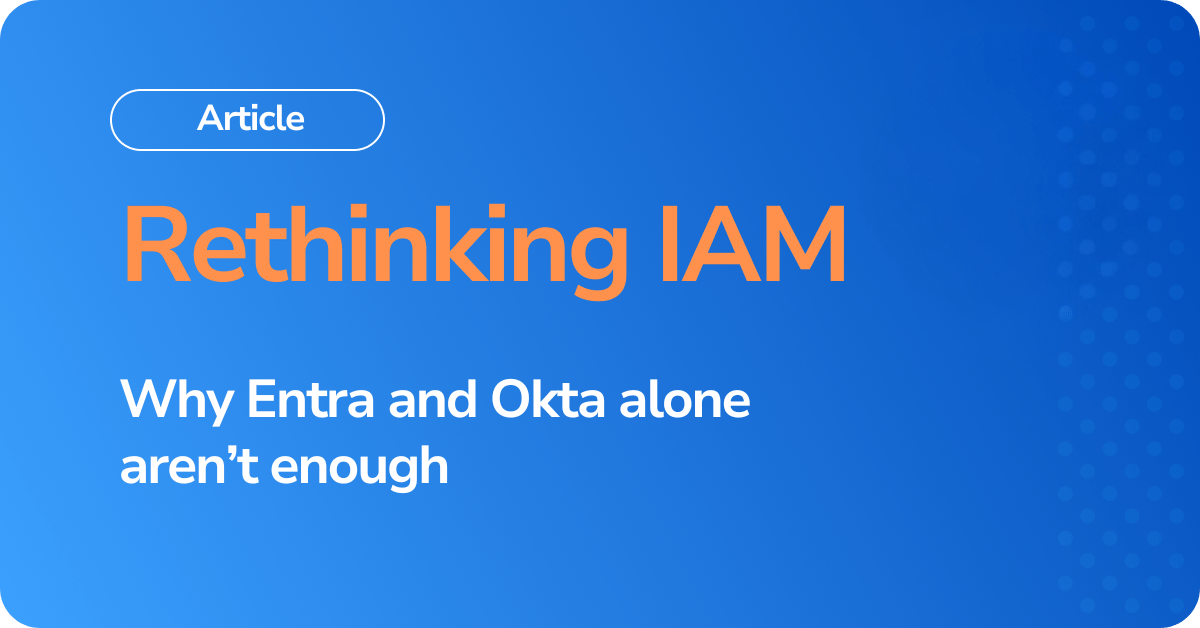Security researchers have repeatedly uncovered critical flaws in Microsoft Entra (Azure Active Directory) and other identity providers, exposing what has become known as the “God Mode” vulnerability. As the Tide Foundation’s analysis shows, a single compromised token can be leveraged to gain undetected global admin control across Entra ID tenants.
This flaw wasn’t an isolated coding error; it was the direct result of centralized authority in IAM. When one authority issues and validates all identity tokens, that entity becomes a single point of failure.
The Problem With Authority-Based IAM
- One breach = total compromise – attackers with stolen keys can impersonate users everywhere.
- Vendor risk – a supply chain attack on Microsoft or Okta becomes your attack surface.
- Blind trust – no independent way to verify token validity.
CISA’s Zero Trust Maturity Model explicitly warns against relying on one authority, while ENISA’s NIS2 guidance stresses the need to mitigate systemic risk in identity.
The Supply Chain Multiplier Effect
IAM platforms act as trust anchors. Once compromised, attackers can move laterally across:
- Guest tenants,
- Partnered organizations,
- Critical infrastructure.
This “blast radius” means one breach cascades into many—a risk already seen in Okta and Cisco incidents. Dark Reading reports show IAM flaws continue to be exploited as attack entry points.

Secfense: Authorityless Security
Secfense introduces authorityless security—removing blind trust in a single IdP:
- Independent MFA enforcement – Secfense validates authentication outside the IdP.
- Universal passkeys – via FIDO Alliance standards, enforce phishing-resistant MFA on any app.
- Zero-code deployment – sits at the proxy layer, rolling out in days not months.
- Resilience against IdP breach – even if Entra or Okta are compromised, attackers can’t escalate unchecked.
Why It Matters for CISOs & IAM Leaders
- Regulatory pressure – NIS2, DORA, and CISA Zero Trust require resilience beyond vendor trust.
- Business continuity – IdP downtime or compromise should not mean total lockout.
- Future-proofing – identity is the new perimeter, and perimeter security needs independent verification.
Conclusion: Moving Beyond Trust to Verifiable Security
The “God Mode” vulnerability is a wake-up call. Authority-based IAM is fragile. Secfense offers a fundamentally different model: authorityless security with independent, verifiable MFA.
If you want to explore how Secfense can secure your IAM stack beyond Entra and Okta, schedule a discovery call today.
References
- Tide Foundation: The God Mode Vulnerability That Should Kill Trust in Microsoft
- CISA: Zero Trust Maturity Model
- ENISA: NIS2 Directive Guidelines
- FIDO Alliance: Passkeys Overview
- Dark Reading: Critical Azure Entra ID Flaw
